A Fishy Adventure in My Backyard
It was a rainy Tuesday afternoon in Rhode Island when I decided I needed a new project. It had been a few long months of scrolling through what felt like endless TikTok videos of people growing lush greens in their kitchens and backyards, flaunting their hydroponic systems, and basking in the glory of flourishing vegetables. I thought, “How hard could it be?” Spoiler alert: harder than it looks.
Now, being the crafty type who often enjoys tinkering in my garage, I figured aquaponics would be the perfect blend of growing plants and the thrill of keeping fish. I mean, what could go wrong? I made a hastily scribbled list on the back of an old grocery receipt: a plastic tub, a water pump, a few fish, and some seeds. Simple, right?
The Sinking Feeling
I swung open the doors of my cluttered shed and began pulling out all sorts of odds and ends. Old buckets, a length of plastic tubing, and even some leftover bricks from that time I thought I was going to build a fire pit—but hey, plans change, right? After about an hour of scrounging, I assembled what I thought would be a glorious, functional aquaponic masterpiece.
The next day, with a nervous flutter in my stomach, I drove over to a local pet shop—one of those charming, slightly dusty places where the owner knows the name of every fish. I landed on goldfish because they seemed easy: low-maintenance and pretty resilient. Right? At least, that’s what I rationalized as I brought home a couple of bright orange buddies in a plastic bag, their fins dancing wildly.
Pumping Iron (or Water, Actually)
Back in the yard, I set everything up—a plastic tub elevated on those old bricks. I felt like a mad scientist, ready to unlock the secrets of self-sustaining ecology right in my backyard. Then came the moment of truth: placing the water pump in the tub. A friend had gifted me a submersible pump years back, and despite it being a bit grungy, I thought it would do the trick.
I plugged in the pump, and it sputtered to life. Water surged through the tubing, spilling out like a faint gurgle of joy. "I’ve nailed this!" I bragged to my neighbor, who was out with his dog. Sure, I’d ended up with a bit of water on my shoes, but that was a small price to pay for my impending gardening glory.
But—of course—my excitement was fleeting. A few days in, something in the air changed. It was subtle at first, a whiff of something… fishy. Literally. I hadn’t given too much thought to the fact that food waste, uneaten fish flakes, and the plants would produce a not-so-pleasant odor if I didn’t manage it right. “Oh boy,” I groaned.
The Green Epidemic
Fast forward a week, and I was at war with the water’s murky green color. The goldfish were swimming around as if auditioning for a role in a horror movie, and I panicked. Had I messed up the pH levels? Did the fish need more oxygen? I went down the rabbit hole of YouTube videos and online forums, hoping to mitigate my new problem.
It turns out, I had let algae take over. More time spent on the computer and less time monitoring my setup had proven disastrous. After a few deep breaths and a spritz of my best motivational playlist, I knew it was time to tackle the algae head-on.
Armed with nothing but determination (and maybe a little bit of desperation), I started scrubbing the tub with one of those old sponges that I obviously wasn’t using for dishes anymore. I drained half of the water, which put a lot of breathing space back in the tub, and introduced some beneficial bacteria that I read about.
Resilience and Recovery
A couple of weeks into this fiasco, I realized something vital: all this mess was just a learning curve. I had grown attached to those little gills of mine. One goldfish sadly passed after I made the rookie mistake of overfeeding (another lesson learned!) but the other began to thrive, and, believe it or not, the plants began to peek up through the murky waters.
I had planted basil and lettuce, and when those little green leaves graced my tub, I felt a spark of hope flicker alive.
What started as a chaotic idea turned into a messy yet satisfying experience. It left my backyard smelling like a pond at times, yes, but I gained something unexpected: a connection. A connection not only to nature but with my little accidental ecosystem. And what a journey it had been, a rollercoaster of emotions, failures, and tiny victories along the way.
Reflecting and Looking Ahead
So here I sit, sipping my coffee and watching the fish swim quietly. I’ve learned that patience is paramount and that you can’t always rush to make things perfect. If you’re contemplating diving into aquaponics—or hydroponics in general—my advice? Just start. Don’t worry about getting it right on the first try. Embrace the mess, learn from each blunder, and you will find your own rhythm.
This DIY adventure isn’t about having a pristine setup; it’s about the stories and laughs that come with it. If you find yourself getting frustrated, don’t give up. Just keep tinkering. You’ll figure it out as you go, and it might just lead to delightful surprises.
So, grab a cup of coffee, dive in, and remember: sometimes the greatest lessons come from the messiest of experiences.
Curious to find your own path in this journey? Check out the next community aquaponics session—join us and learn from our trials and triumphs! Join the next session!

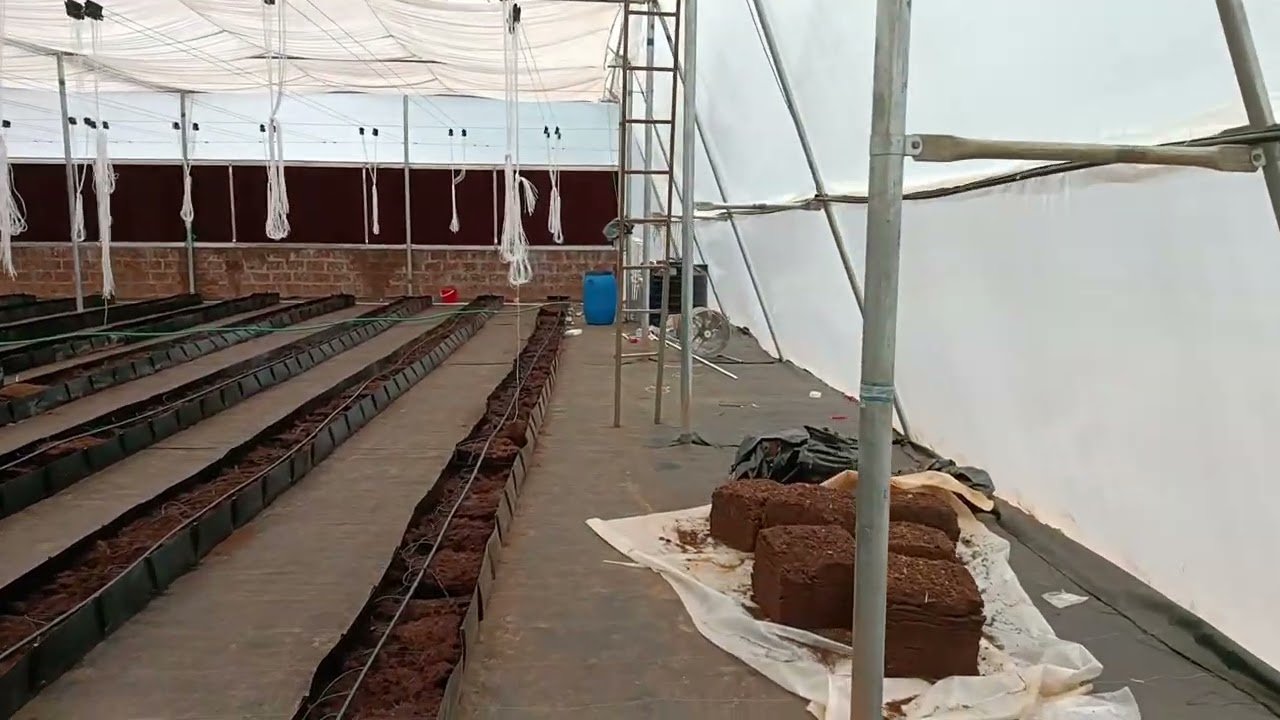
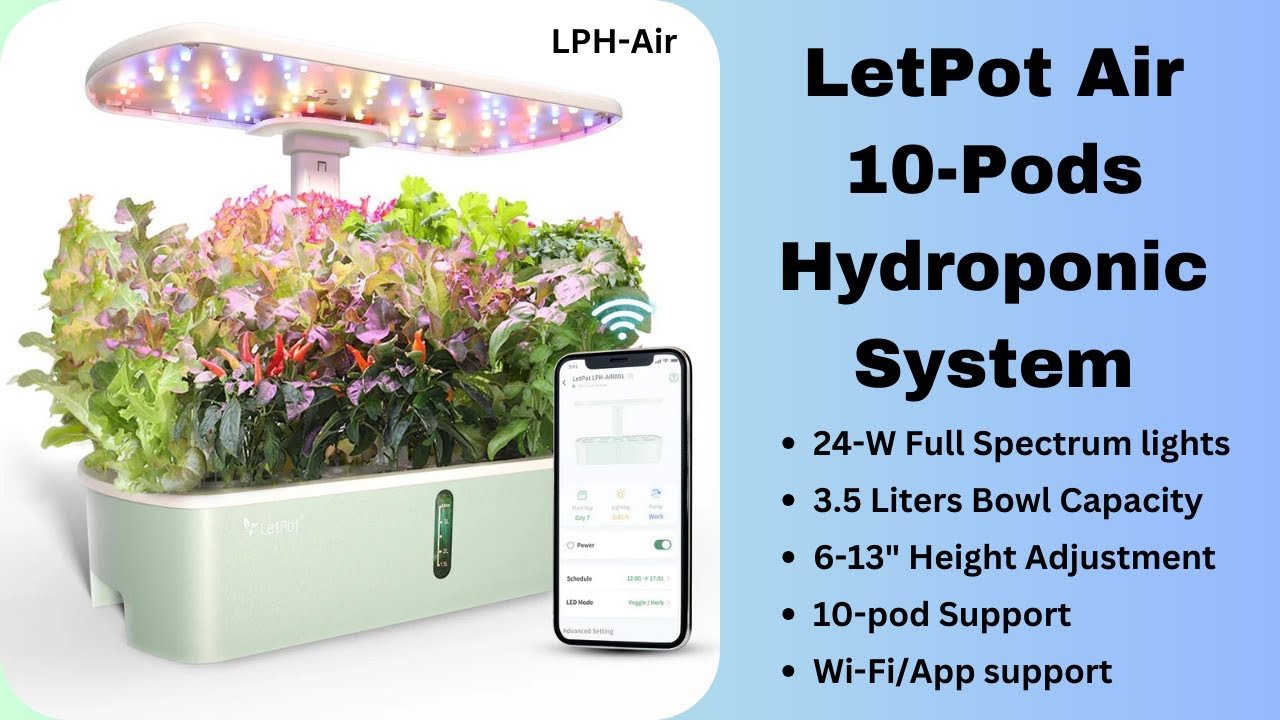

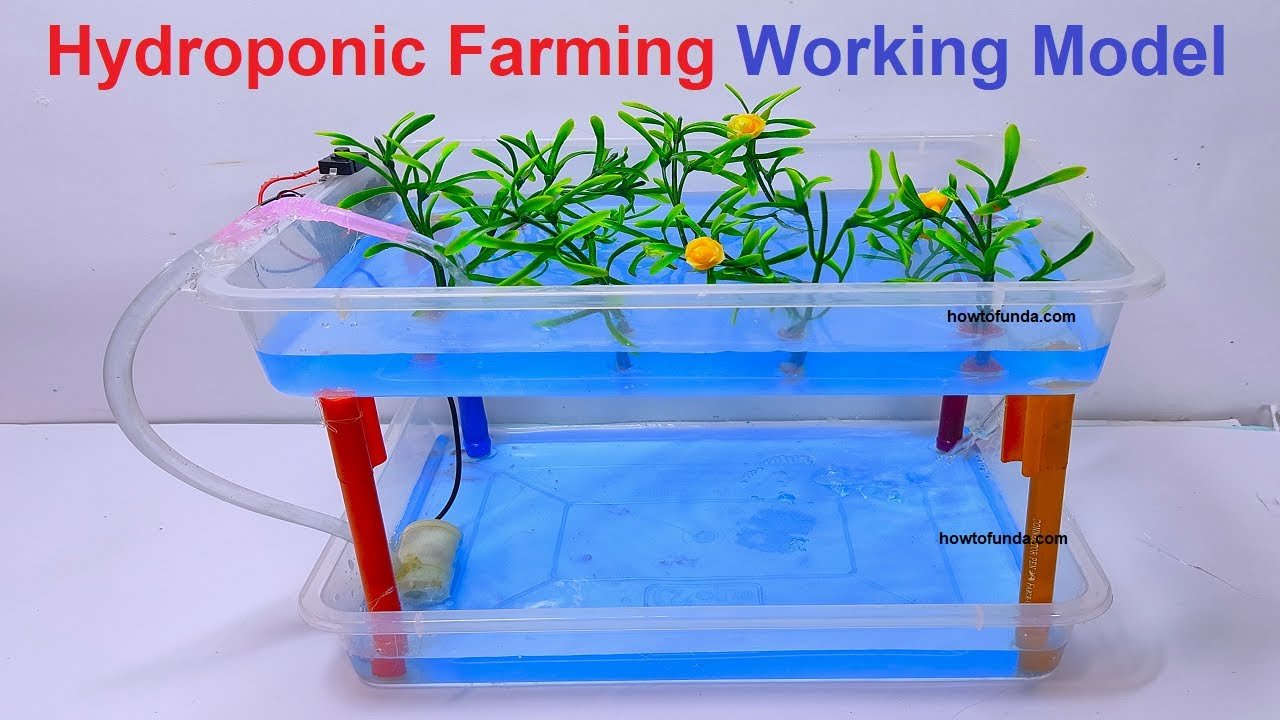
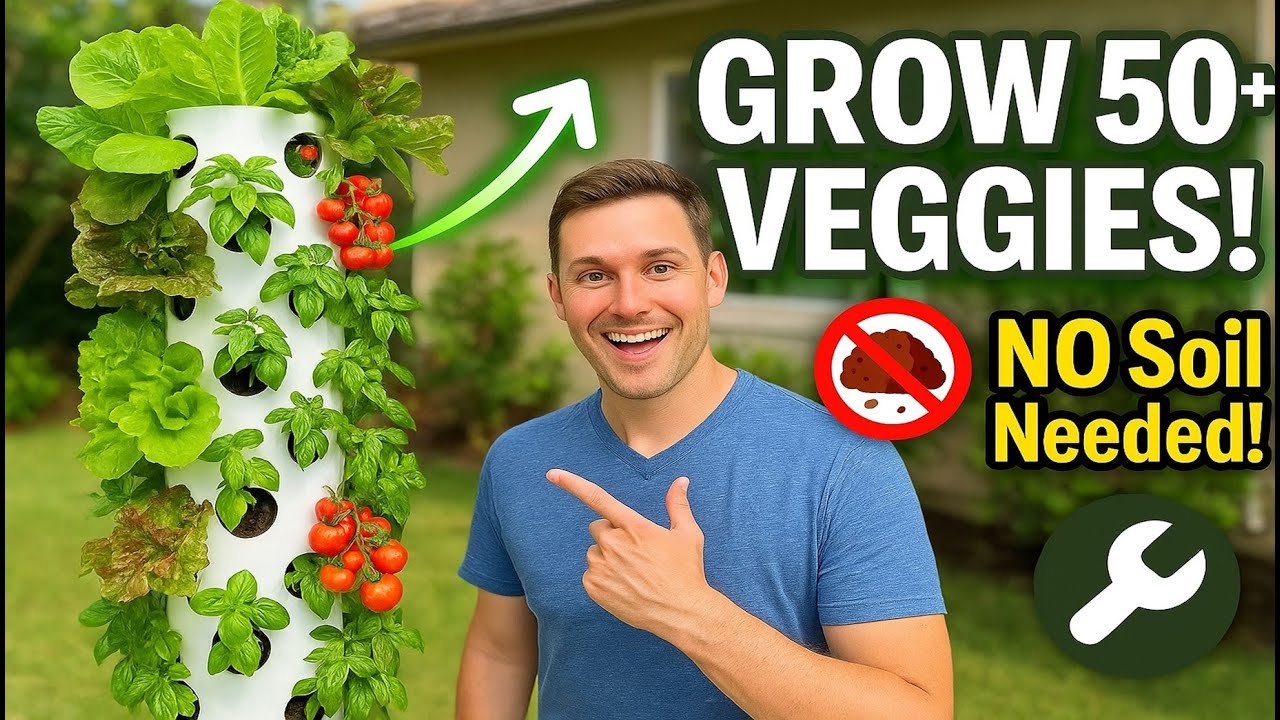
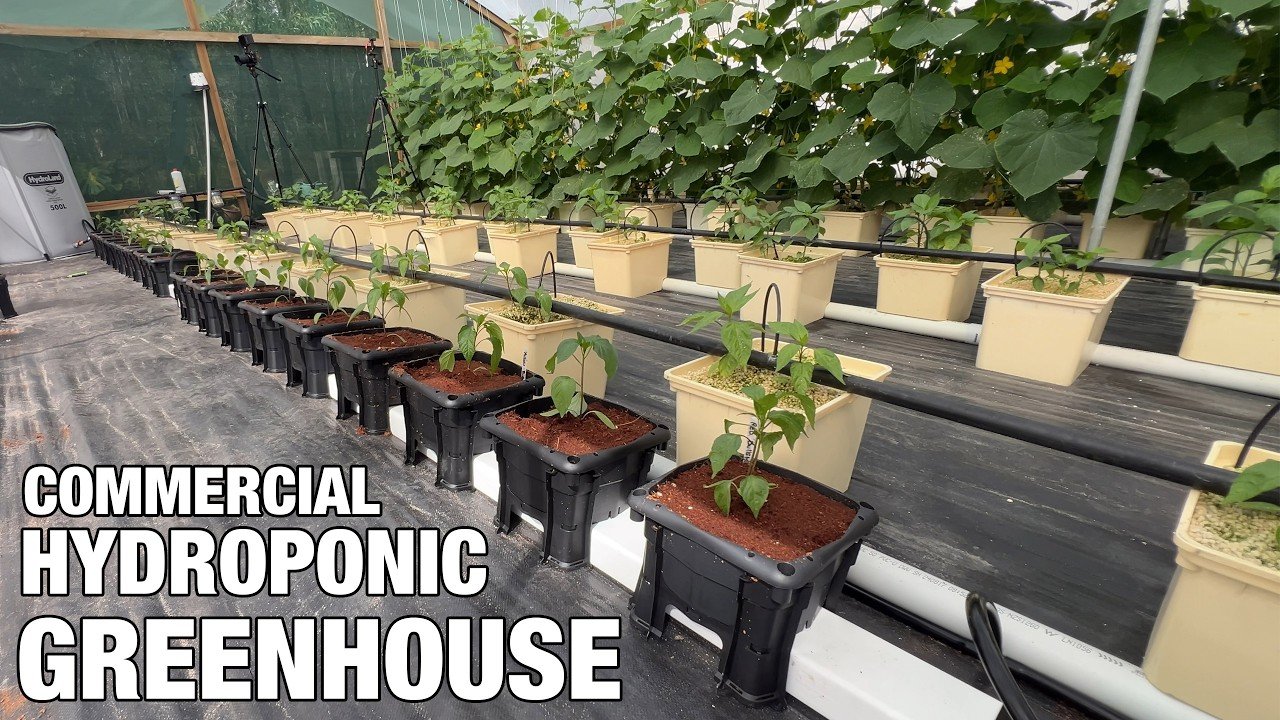
Leave a Reply